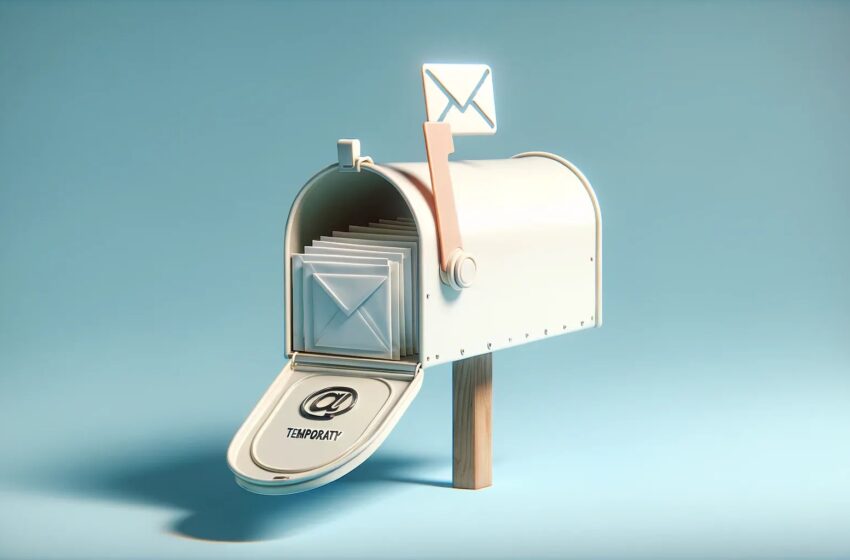Keeping Your Inbox Clean: Six Effective Strategies to Combat Spam Emails

Marketing emails come from businesses you’ve chosen to hear from, while spam emails arrive unsolicited and often contain misleading information or scare tactics. Spammers may impersonate real businesses to deceive you into sharing personal information or clicking on malicious links.
But fear not! There are strategies you can employ to keep spam emails at bay:
- Mark as Spam: Most email services like Gmail, Yahoo Mail, Outlook, and Apple Mail have built-in algorithms to filter out spam and junk mail. However, if a spam email manages to sneak into your inbox, don’t just delete it. Instead, mark it as spam. This action signals to your email provider that the sender is unwanted, and future emails from them will be redirected to your spam folder. Each email service has its way of marking emails as spam, but it usually involves clicking a button or selecting an option from a dropdown menu. Learn how to prevent email fraud attacks
- Delete Spam Emails: The golden rule when dealing with spam is: that if it looks like spam, it probably is. So, don’t hesitate to delete suspicious emails without clicking on any links or downloading any attachments. Clicking on a spam email can alert the sender that your email address is active, leading to more spam in the future. Additionally, some spam emails may contain harmful software that can compromise your computer’s security.
- Keep Your Email Address Private: Limit the amount of spam you receive by being cautious about who you share your email address with. Avoid posting it publicly on social media or online forums whenever possible. If you must share your email address, consider creating a separate email account specifically for those purposes to keep your main inbox clutter-free.
- Use a Third-Party Spam Filter: While most email providers have their spam filters, you can enhance your email security by using a third-party spam filter. These filters provide an additional layer of protection against spam, phishing attempts, and malware threats. Look for a reputable spam filter that integrates seamlessly with your email service and meets your specific needs.
- Change Your Email Address: If spam continues to flood your inbox despite your best efforts, it might be time to consider changing your email address. Creating a new email account is relatively easy, especially with services like Gmail. Remember to notify your contacts of your new email address and set up email forwarding from your old account to ensure you don’t miss any important messages during the transition period.
- Unsubscribe from Email Lists: Take control of your inbox by unsubscribing from email lists that you no longer wish to receive messages from. Legitimate businesses are required by law to provide an option to unsubscribe from their marketing emails, usually located at the bottom of the email. By opting out of these lists, you can reduce the amount of spam cluttering your inbox.
